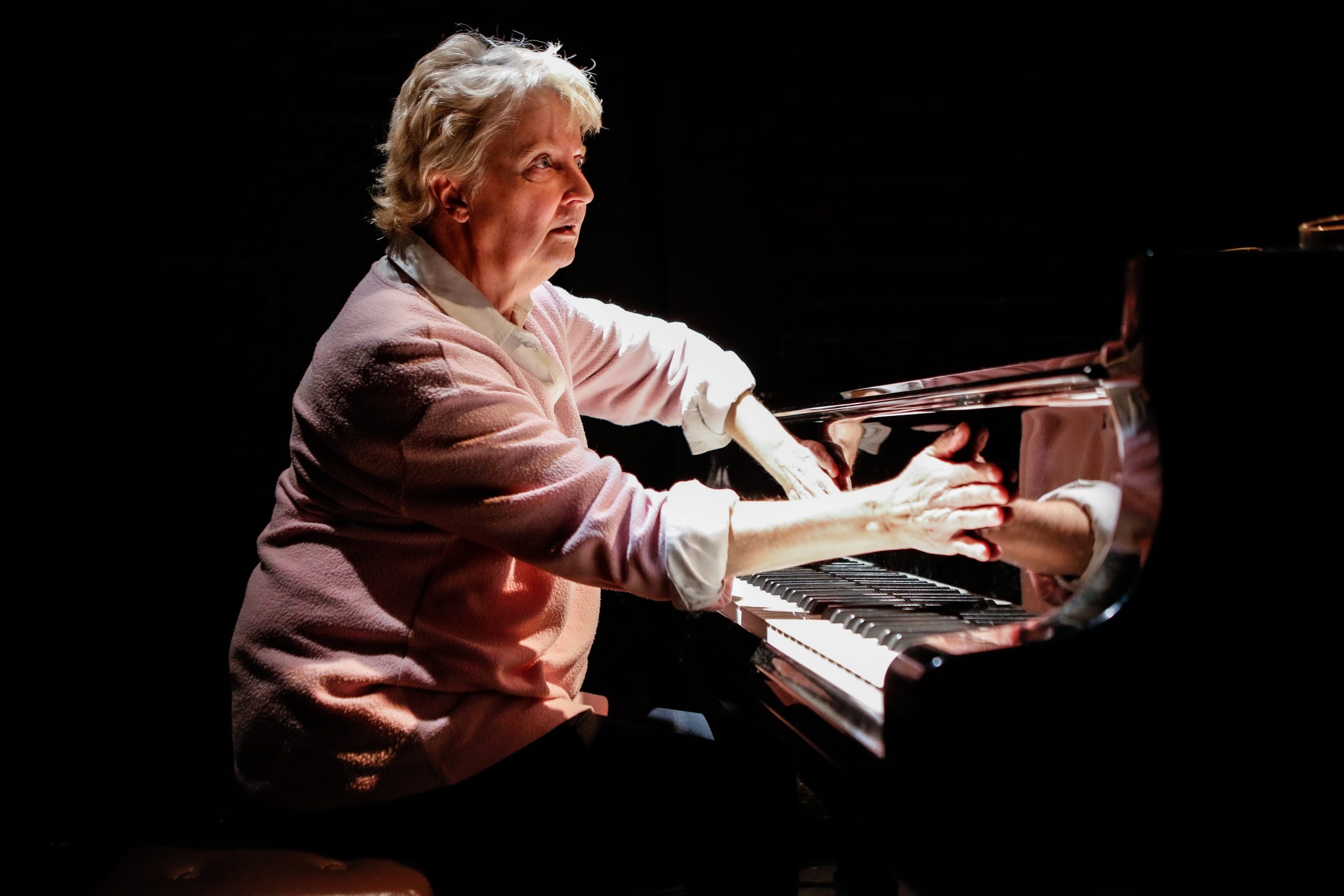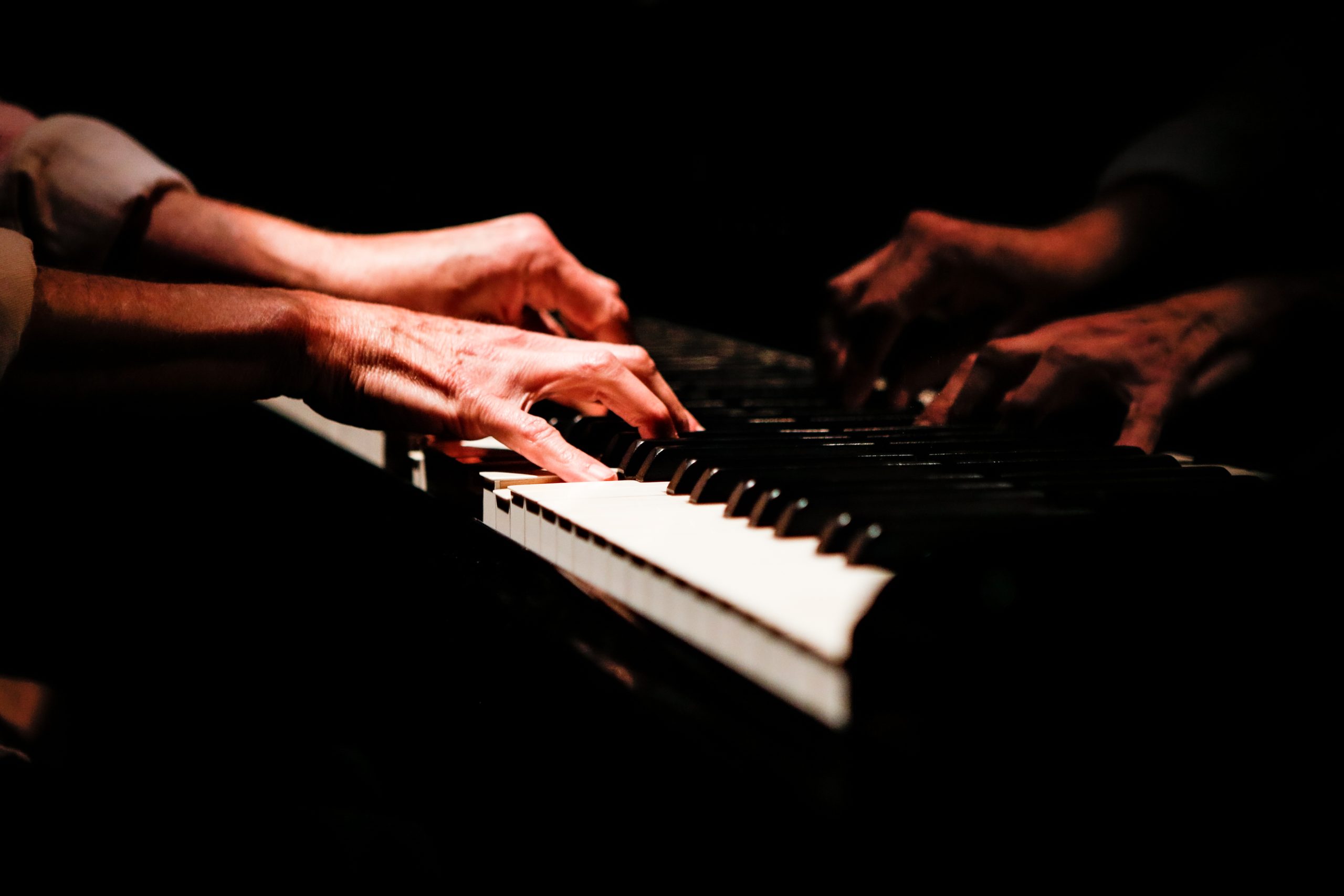I sat down with Jill Richards in Melville amidst the sounds of a Thursday morning in a coffee shop courtyard. The gentle whir of a generator, the hiss of a steam wand, footsteps on the pebbled ground and quiet chatter between friends were the ambient noises behind our conversation; sounds I noticed only after they had stopped.
We discussed the experience of creating art in Jo’burg, the ephemerality of music, listening, lightness, and chance in relation to her most recent project in collaboration with Swiss drummer Christophe Fellay entitled Listening at the Edge.
Richards described listening as a huge part of her life and this project focuses on its importance in the process of creating interdisciplinary art. Working with Fellay and several different performance artists, this two-year project is focused on play as praxis and committing to chance as a mechanism for creating something exciting.
Listening, improvising, playing, and responding to each other and the city form the basis of this exploration. It is a deep dive into the importance of process while simultaneously building meaningful creative connections.

Listening at the Edge began in 2022 as a transcultural project that explored the creative process as it manifests itself in different contexts and locations. The project is led by Fellay and Richards but includes artists from varying disciplines such as Teresa Phuti, Kaldi Makutike, Buhle Mazibuko, Phuti Chokwe, Soiso Ndaba, Micca Manganye, and Thulisile Binda.
Taking place in South Africa, Switzerland, and the Netherlands, the participating musicians, artists, and performers place listening at the centre of their artistic aims. They question how listening allows them to perceive their reality and how these unique perceptions find common ground in co-creation. The participants engage in creative sessions where each person uses their own medium to listen and then respond to each other in an improvisational way.
There was a flurry of thoughts in my mind when Richards described her creative process and parts of the project that took place at The Centre for the Less Good Idea. This project does so much, and it seems that the intention to dissect the creative process enters a much broader artistic landscape that in many ways feels unintentional. Over the past few years, I have been interested in the speculative potential of art and this has underpinned how I engage with contemporary art and creative practice.

This project in its rhizomatic, non-linear, risky, expansive nature is what makes me tick when I think about contemporary art. Using that speculative and creative part of the mind is often challenging and artists who are doing the hard but magical work of playing something into existence have tapped into a mode of thinking that so often feels distant or slippery.
Art can challenge our perceptions and create new ways of thinking about the world and the futures we hope to build. Listening at the Edge teaches us to think about possible futures in art and society. Various parts of this project intrigue me and the first, as I mentioned, is the privileging of speculative thinking.
The musicians, actors, dancers, and artists respond to each other in their own ways. They begin a session by listening to movement or peripheral sound that creates an abstract and ephemeral moment experienced only by those who take part. These sessions seem to resemble Richard’s home concerts and ‘play dates’ where musicians improvise and create in real-time, leading to them finding a sense of connection and perhaps reaching creative bliss.
The nature of creative practice is in respecting the unknown and unseen mechanisms at play. In metaphysical thought specifically, regarding philosophers such as Ernst Bloch, the speculative is tied to hope: a future-oriented drive towards something that is missing. It is an affirmative attitude, and it understands the future as a “horizon of expectation rather than a space of experience.”
When I asked Richards about the challenges of creating cohesion across various art forms, she emphasized the importance of trusting that something will come out of this process. “It is a feeling stronger than hopeful,” she says, “it’s almost like expecting to make something fabulous or at worst something interesting or challenging…something that will shift you into another space, which is essential when doing any kind of artistic project.”

This is the kind of thinking that art can offer. Something that is less of a rigid dogma than an approach to understanding the material conditions that we exist in and perhaps how to escape them. Discussing chance, creativity, and speculative thinking reminded me of Carin Kuoni’s Speculation Now, where she writes, “Artistic work is distant from the world, but just as real – artificial and intended but also physical and contingent.”
The second thing that strikes me about this project is its refusal to fall into a rhetoric of use value. What is expected so often in performing arts is to create value in relation to a spectacle or performance. Value in this way is specified and often quantified but Listening at the Edge does not place performance at the centre. It is focused on the process of creating without expectation. On a knowledge that something of subjective value to the artists themselves is being produced.
This challenges how we place value on art and emphasizes the fleeting nature of this type of project. Richards expressed her interest in Calvino’s notion of lightness as well as the concept of ephemerality in music, saying “We can’t really hold anything.” This way of approaching art tests the value systems that we have imposed on creative practitioners and makes space for the expansiveness of creativity that is so often hindered by the expectation of a predetermined notion of performance.
This project flips this expectation on its head by asking, instead, what it might look like to have the creative process observed not as a spectacle but as a participation of sorts; a way to dissolve hierarchies and naturalized modes of listening, observing, and engaging.
Our conversation veered towards funding in South African creative spaces. Specifically, the lack of public funding bodies that celebrate this way of thinking about contingency; that embrace liminality and openness in socially engaged spaces and have broader, more inclusive ways of defining value. Spaces that not only hold these models of practice but encourage them as well.
Johannesburg is bursting at the seams with creativity and alternative ways of thinking. Projects like Listening at the Edge form part of a larger discourse that is worth exploring in South Africa’s contemporary art scene.

Photographs by Zivani Mutangi
This story is produced in the context of an editorial residency supported by Pro Helvetia Johannesburg, the Swiss Arts Council.



















































